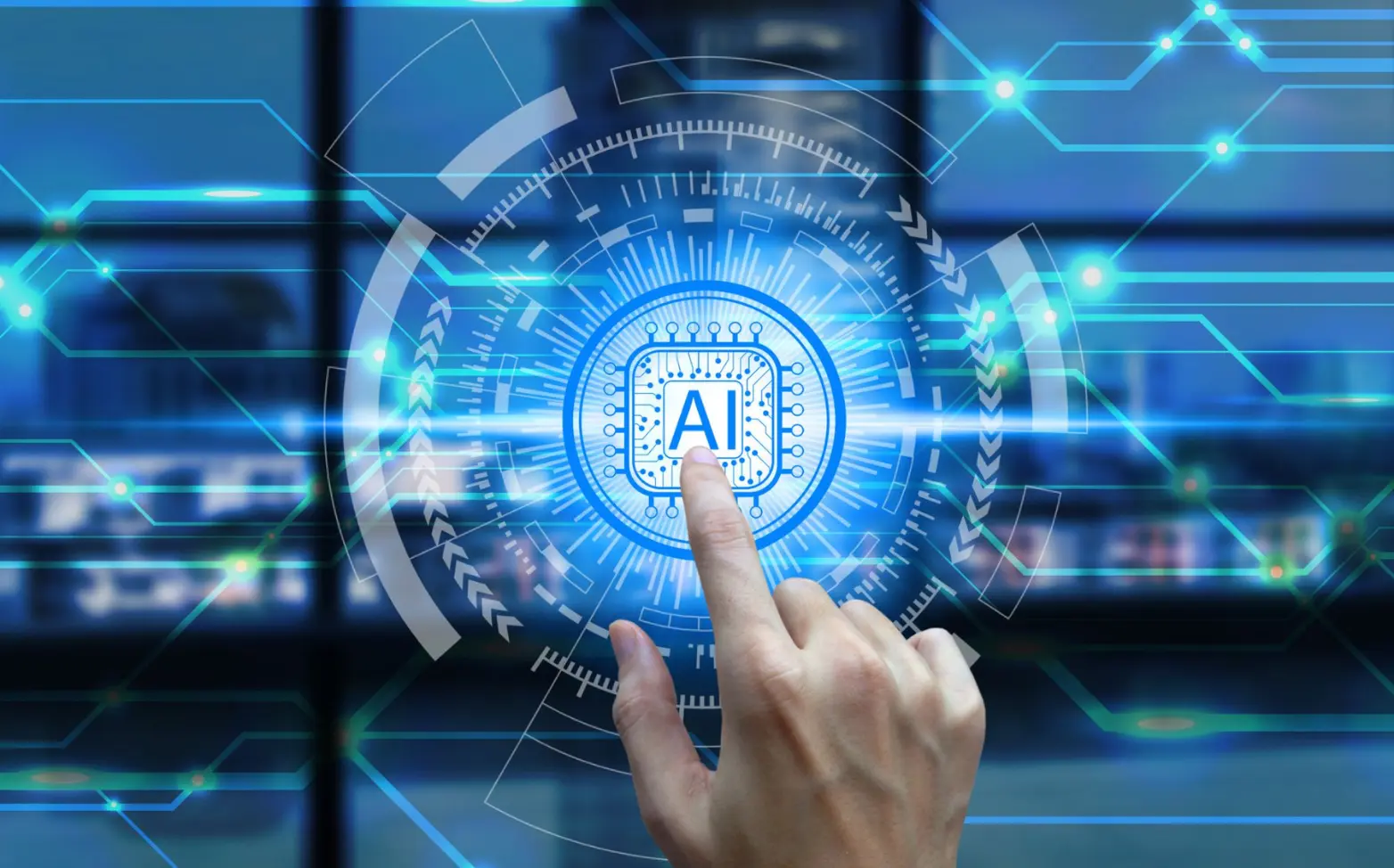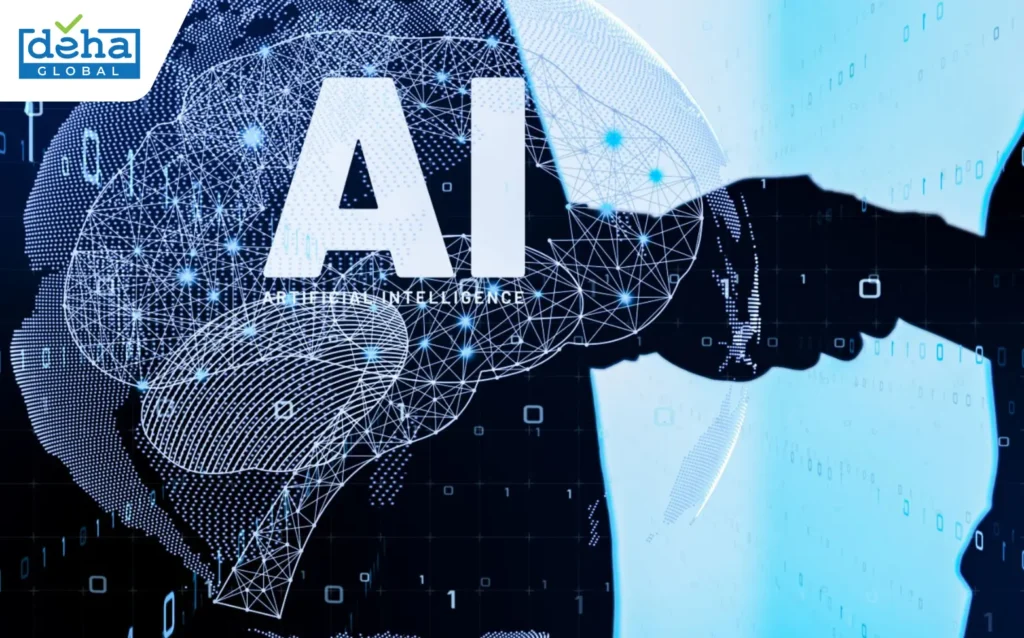Table of contents

Artificial Intelligence (AI) is revolutionizing industries, offering unprecedented opportunities for innovation and efficiency. However, estimating the cost of AI development remains a complex challenge for many organizations. Understanding the various factors that influence AI development costs is crucial for effective budgeting and resource allocation.
This article will explore key components affecting AI development expenses and deliver practical methods for accurate cost estimation.
Every AI project starts with great ideas and big expectations—but before anything else, you have to talk numbers. Budgeting for AI development isn’t as straightforward as picking a software tool or hiring a dev team. The final cost can vary dramatically depending on a mix of technical choices, business goals, and even data quality. That’s why it’s important to look closely at the key factors that shape the budget from the ground up.
Let’s go through the main elements that affect AI development cost, how they influence your total investment, and—more importantly—how you can manage or reduce them without compromising on quality.
| Factor | Level of Affect | Projected Cost Range (USD) |
| Project Scope and Complexity | High | $50,000 – $500,000+ |
| Data Availability and Quality | High | $10,000 – $100,000+ |
| Development Team Expertise and Location | Medium to High | $20,000 – $150,000+ |
| Infrastructure and Technology Stack | Medium | $10,000 – $100,000+ |
| Maintenance and Ongoing Support | Medium | $5,000 – $50,000 annually |
The more complex your AI use case is, the more it will cost—plain and simple. A basic chatbot for handling FAQs will cost a fraction of what a deep learning model for medical imaging would. The number of features, the required accuracy, the amount of training data needed, and even the integration with existing systems all impact the complexity.
What many teams overlook is how much clarity around scope can save them money. If you define your project objectives clearly, prioritize features, and avoid feature creep during development, you can keep things under control. I’ve seen projects that ballooned in cost just because stakeholders kept adding “just one more thing” halfway through. Always separate “must-have” from “nice-to-have” from day one.
Data is at the heart of every AI system. But gathering, cleaning, labeling, and structuring data can quietly become one of the biggest expenses – especially when you’re dealing with unstructured data like images, audio, or free-form text.

If your organization already owns relevant, high-quality datasets, that’s a major cost-saver. If not, you may need to invest in building datasets from scratch, which often means hiring data annotators or using third-party data vendors. To manage this, try to reuse existing internal data wherever possible, or start small with a pilot dataset before scaling. Some companies rush into large datasets without validating whether the model can learn anything useful from them—which is just wasted time and money.
The size, skill level, and geographical location of your AI team will also impact your budget. Hiring an in-house team of data scientists, ML engineers, and AI architects can be costly—especially in markets like the U.S. or Europe. Outsourcing to experienced vendors in regions like Southeast Asia or Eastern Europe can reduce labor costs significantly without sacrificing quality.
That said, you get what you pay for. Hiring a cheaper but inexperienced team often leads to more mistakes, delays, and eventually rework. The sweet spot is to find a team with real AI project experience, clear communication, and transparent workflows. In many cases, companies like DEHA Global offer the right mix of affordability and expertise, especially for startups and mid-size businesses that want a reliable partner without overblowing their budget.
AI systems need infrastructure—whether it’s powerful GPUs for training deep learning models, cloud storage for large datasets, or APIs and tools to deploy models into production. If you’re using cloud services like AWS, Google Cloud, or Azure, you’ll need to budget for compute time, storage, and API usage.
One tip here is to avoid over-engineering too early. I’ve seen projects run up huge bills because the team provisioned way more compute resources than they actually needed. Start with a small, scalable cloud setup and monitor usage closely. Most platforms offer cost management dashboards—use them. And whenever possible, go with open-source tools and frameworks to avoid licensing fees.
The AI model doesn’t stop costing money once it’s deployed. You need to monitor its performance, retrain it as data changes, patch bugs, and improve functionality over time. Ongoing support is often overlooked in the initial budgeting phase but becomes essential if you want the system to keep delivering value.
To keep maintenance costs predictable, set aside a monthly or quarterly budget for model updates, testing, and support. Also, consider implementing automated monitoring tools that can flag issues early before they become serious (and expensive). AI is not “set it and forget it”—it’s more like “build it, babysit it, and help it grow.”
Let’s be real—AI development isn’t cheap. And it’s easy to let costs spiral if you don’t keep an eye on them. Many companies jump in headfirst, hoping for innovation, but end up buried under unexpected bills from data processing, cloud services, or team expansion. That’s why it’s so important to plan smartly and make conscious choices from the start.
In this section, we’ll break down some practical and straightforward ways you can control and reduce the cost of AI development, without cutting corners or sacrificing the quality of your solution.
One of the biggest reasons AI projects burn cash is because they start without a well-defined objective. Before you write a single line of code, you need to get super clear on what business problem you’re trying to solve and how AI can solve it. A well-scoped goal helps narrow down the tech you’ll use, the data you’ll need, and the team you’ll hire—saving you a lot of time and money down the line.
You don’t have to build everything from scratch. There are plenty of open-source frameworks like TensorFlow, PyTorch, or even pre-trained models from Hugging Face that can cut your development time in half. Of course, you’ll still need to customize them for your use case, but it’s much cheaper than reinventing the wheel.
Hiring and training an in-house AI team is expensive—especially if AI isn’t your core business. Instead, working with a tech partner (like DEHA Global, for example) lets you access experienced developers, data scientists, and infrastructure without long-term overhead costs. You pay for what you need, when you need it.

Cloud platforms like AWS, Google Cloud, or Azure are powerful, but they can also be a hidden money pit if you don’t manage usage properly. Make sure you choose the right instance types, turn off idle resources, and regularly monitor your billing dashboards. A bit of discipline here can lead to major cost savings.
Collecting and cleaning massive datasets can drain your budget. Instead of chasing “big data,” focus on “right data.” A smaller, cleaner, well-labeled dataset will often get you better results and reduce time spent on preprocessing and model training.
It’s tempting to build a big, full-featured AI system upfront—but that’s also risky and expensive. I recommend launching a small pilot or MVP version first. This lets you validate your assumptions, gather feedback, and adjust early—before you’ve committed to major costs.
Sometimes a simple linear model can perform just as well as a deep neural network, especially for structured data. More complex models often mean longer training times, higher infrastructure costs, and harder maintenance. Use complexity only when it directly supports your business goals.
These are not just theoretical tips—they’re based on what works. I’ve seen projects succeed not because they had the biggest budget, but because they were intentional about how they spent every dollar. And with a clear AI roadmap, you’ll know where to invest and where to save.
When you’re planning an AI development project, one of the first questions that comes up is: How much is this really going to cost? And honestly, it’s not a simple answer. AI projects vary widely in complexity, scope, and resources—and without a clear method to estimate costs, things can go sideways fast. That’s where working with a strategic tech partner like DEHA Global can make a huge difference.
In this section, I’ll break down how DEHA Global helps businesses grow their AI initiatives while offering tools and support to accurately calculate the cost of AI development—so you’re not left guessing or overspending.
DEHA Global isn’t just another software outsourcing company. They offer comprehensive, full-lifecycle support for AI development, starting from ideation all the way through deployment and maintenance. What sets them apart is that they don’t treat AI as a product—you’re not buying some plug-and-play model—they treat it as a long-term strategic investment.
Their team helps you define the right goals for your AI project, match those goals to the right technologies, and then plan a clear development roadmap. That includes everything from data preparation and model training to user testing and integration with your systems. This structured approach helps avoid cost creep and ensures your budget actually matches the real needs of the project.
If you’re a business that’s not tech-heavy, this kind of partnership is extremely valuable. You’re not just outsourcing technical work—you’re gaining a team that understands how AI fits into your business vision and helps you avoid unnecessary spending along the way.
Now, when it comes to calculating the AI development cost, DEHA has a more transparent and flexible approach than most providers I’ve seen. They break down the cost into components—data engineering, model selection, experimentation, infrastructure, and post-deployment monitoring—so you’re not lumping everything under one vague budget.
They provide early-stage estimations based on the complexity of the model, the volume of data, the time required for training and testing, and the infrastructure setup (cloud vs on-prem, for example). This clarity allows you to make informed decisions about which features or functions are essential and which can be phased in later. Plus, they’ll flag the hidden costs that a lot of companies don’t think about—like maintaining AI systems over time or adjusting to new data sets.
To me, this is one of the most practical and client-focused parts of their service. They know that AI isn’t cheap, but they also know that every dollar needs to lead to actual impact—and their estimation methods reflect that.
Beyond the hands-on technical services, DEHA also helps businesses set long-term financial plans for their AI projects. If you’re looking to scale over time, they can build a cost model that accounts for multiple phases: pilot project, MVP, version 2.0, etc. This kind of phased budgeting is key if you’re trying to align AI investment with your company’s cash flow or funding cycle.
They also offer advice on cost-saving tools, open-source libraries, and third-party APIs that can lower development time and reduce licensing fees. Again, the goal isn’t just to build a high-performing AI system—it’s to build one that fits your budget, grows with your business, and keeps delivering results over time.
In short, if you’re serious about growing your AI capabilities but want to avoid the common cost pitfalls, DEHA Global is worth considering. They bring both technical expertise and business-minded thinking to the table. They help you grow smarter, not just faster.
I’ve seen too many AI projects stall out because the company couldn’t keep up with unexpected expenses or didn’t have a clear cost map from the beginning. DEHA helps you avoid that by turning AI cost planning into a conversation, not a black box.
In Conclusion
Accurately estimating AI development costs is essential for the successful implementation of AI projects. By comprehensively understanding the factors that influence costs and employing systematic estimation methods, organizations can better plan and allocate resources. Partnering with experienced providers like DEHA Global can further enhance cost estimation accuracy and project efficiency.